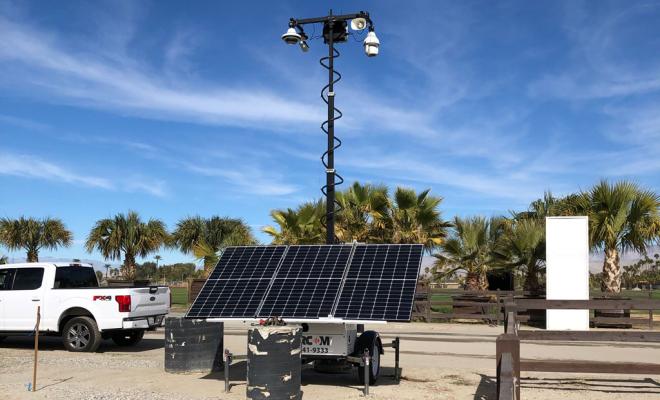Every day, your business relies on communication. From face-to-face interactions to quick updates over your two-way radio system, it’s critical that your batteries remain charged and capable of anything the day calls for—no matter what.
It’s important to know when a two-way radio battery needs to be recharged, or even replaced, to improve your communication and reliability with everyone on-site. So, how long does a two-way radio battery last? That depends on several factors. Let’s break down everything you need to know to get the most out of each charge.
Two-Way Radio Battery 101: The Basics
There are two main types of radio batteries—Nickel-Metal Hydride (NiMH) and Lithium-Ion (Li-ion)—with Li-ion being the most common option. These batteries generally last longer on a single charge than NiMH batteries, they’re lighter in weight, and don’t experience the same memory effect issues NiMH can occasionally experience. (Memory effect can cause a battery’s capacity to reduce if not fully drained before recharging.)
In general, heavier radios may equate to a shorter battery life. For example, if your team is using NiMH batteries for daily use, your two-way radio is more likely to drain faster. However, it’s important to note that every business is unique and may require specific battery types, like NiMH options. There is no one-size-fits-all option for two-way radio batteries.
What Is My Two-Way Radio Battery’s Lifespan?
Battery capacity is measured in milliamp hours (mAh). The higher the number, the longer it should last. As you look for the right two-way radio for your needs, brands like Motorola Solutions include typical shift life estimates to help you better gauge daily use and expectations.
Consider how frequently you use your radios—and how often you charge them. Extra-long shifts or heavy transmitting mean you may get a shorter lifespan than the standard estimate suggests. Like all batteries, two-way radio batteries lose performance over time. Even with light use, you'll likely need to replace them after a couple of years.
How Can I Maximize My Two-Way Radio’s Battery?
It’s easier than you think to maximize your two-way radio’s battery lifespan. Above all else, it’s important to develop a healthy charging routine. Just like your smartphone, overcharging and frequent deep discharges are often the most common mishaps that can shorten a radio’s battery life.
Similarly, BearCom recommends investing in high-quality chargers designed for your specific battery type. These chargers typically monitor battery health and automatically shut off when charging is complete, preventing overcharging.
When storing batteries not in use, it’s best to keep them in a cool, dry place at around 50% charge. This helps to maintain their capacity over time. Extreme temperatures, both hot and cold, can damage batteries. On the flip side, avoid storing batteries in vehicles or direct sunlight during the summer or winter months.
BearCom Is Your Two-Way Radio Partner
Understanding your two-way radio batteries is key to smooth daily business operations. By choosing the right battery type, usage habits, and proper care, you can ensure your two-way radios get the most out of them.
When you work with BearCom, you gain expert advice on getting the most from your radios and batteries. If you’re unsure how long your two-way radio battery is supposed to last, reach out! We’re here to maximize your radio’s longevity.
